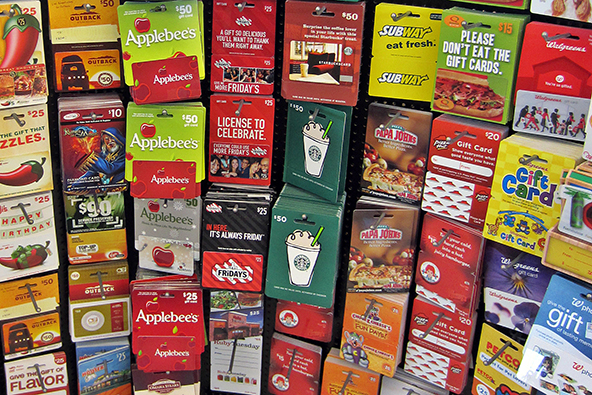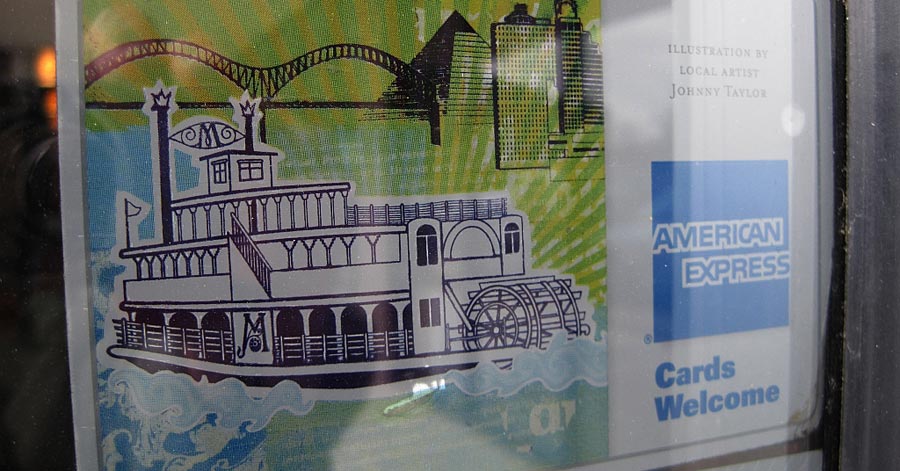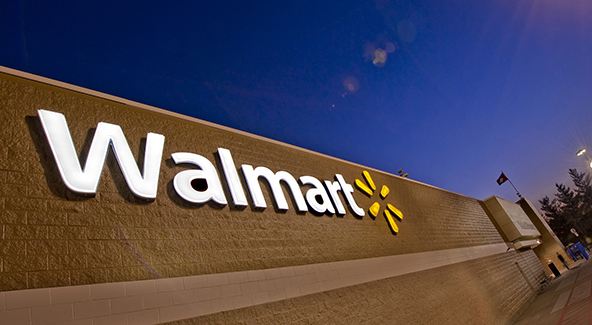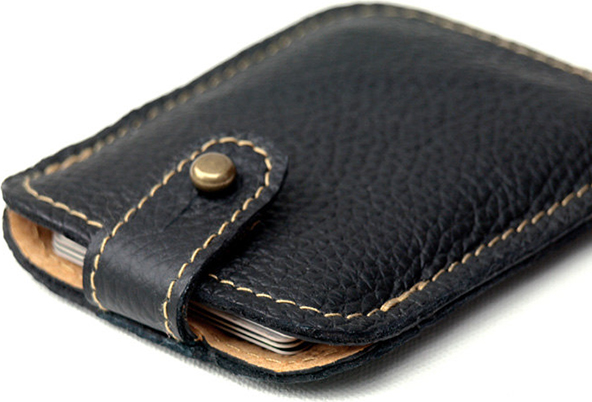Why Do You Use Prepaid Cards?

Over the past few months, prepaid cards have been in the news quite often, usually, though not always, for the wrong reasons. Perhaps the biggest prepaid splash was made by Suze Orman’s Approved Card, which was roundly, and justly, criticized for promising more than it could possibly deliver. American Express, on the other hand, launched perhaps the most consumer-friendly prepaid card program ever created, one which makes it possible for a prepaid user with a good track record to eventually upgrade to a charge card, even if her credit score is not good enough.
The headlines have also been telling us that prepaid cards are quickly becoming a mainstream payment product. Once the domain of second-tier and virtually unknown card issuers, prepaid have now gone mainstream, of which the AmEx card is a prime example. The reason for this upgrade is twofold. Firstly, the prepaid transaction volume has grown exponentially in the past few years and is projected to keep growing in the coming years. And secondly, as the Durbin Amendment made debit card transactions much less profitable, issuers began driving debit users toward prepaid and credit cards, which were unaffected by the interchange reform.
But why do consumers seem to love prepaid cards? Wouldn’t they just abandon them if they had access to credit or debit cards? In a recent testimony before the Senate’s Banking Committee, Jennifer Tescher, CEO of the Center for Financial Services Innovation (CFSI), offers some insights that could help us answer these questions.
Why Do Consumers Use Prepaid Cards?
Prior to her testimony, Tescher’s organization had conducted a small-scale study, hoping to understand why and how people were using prepaid and how they perceived the product. The researchers identified “six elements of the prepaid card experience that customers valued”:
Convenience: Cardholders do not have to travel to multiple locations to cash a check, buy money orders, and then deliver payments. The only inconvenience mentioned involved cash reloads.
Accessibility and inclusion: Branded cards (with Visa, MasterCard, Discover, or American Express logos) are accepted almost universally. Moreover, the prepaid cards offer a feeling of inclusion, providing a way to pay that does not differentiate users of prepaid cards from cardholders who have debit or credit cards.
Immediate liquidity: Many low-income consumers use check cashers rather than checking accounts because they cannot afford to wait for a bank to clear a deposited check. Funds directly deposited to a quality prepaid account are available immediately.
Simplicity and transparency: The fee structures of prepaid cards are easy to understand. With few exceptions, prepaid cards charge fees up front for services rendered, as opposed to checking accounts, which charge unexpected penalty fees after the fact. Problems with checking account overdrafts were a primary reason the cardholders interviewed left their checking accounts for prepaid.
Value: Most customers felt the costs associated with prepaid were fair and lower than what they would incur if they used a check casher or checking account.
Built-in discipline: Customers liked knowing that they could only spend what they had. They also used the cards to limit spending and stay on budget.
That list provides the best account of consumers’ perceptions and misconceptions about prepaid cards that I’ve read or attempted to compile myself. I will leave the parsing of the valid and false arguments for another post. For now, let me focus on what these “six elements” tell us about the future of prepaid.
Prepaid Better than the Alternatives?
I should say that Tescher’s “six elements” fit very well with the conclusions of other similar studies. What they all seem to be telling us is that, for a large number of American consumers, prepaid cards are not just the only available type of payment card, but the one of choice and that they would not abandon them, even if they had access to credit and debit cards. Many prepaid users believe, rightly or wrongly, that this type of card is simply better than the alternatives.
Moreover, as the researchers remind us, some of the new-age prepaid cards are marketed as alternatives to checking accounts. These cards can accept direct deposits (including your paycheck) and can be used for making online payments and money transfers. In fact, the paper check is the only checking account feature they lack.
The Takeaway
So, if you perceived a prepaid card’s costs as being “fair and lower” than the ones associated with a checking account, while sharing most of its features (and perhaps all that you cared about), why wouldn’t you want to use it? Indeed, why would you want to use any other type of card?
Well, I said that I would leave the parsing of the valid and false arguments for another time, but let me just say that there is a reason prepaid is still considered to be the card for the “unbanked” — consumers with no access to traditional banking services. Everyone else can still open up a free or very low-cost full-fledged checking account (as compared to what increasingly is referred to as a “prepaid checking account”), which would come with a debit card that can be used for transactions at one nationwide ATM network or other at no charge. You cannot find that combination in a prepaid card, whatever you may think of it. Then again, the choice is yours.
Image credit: Flickr / 401(K) 2013.



Hello friends,
Nice post. Thanks for this information. I really appreciate your work, keep it up.